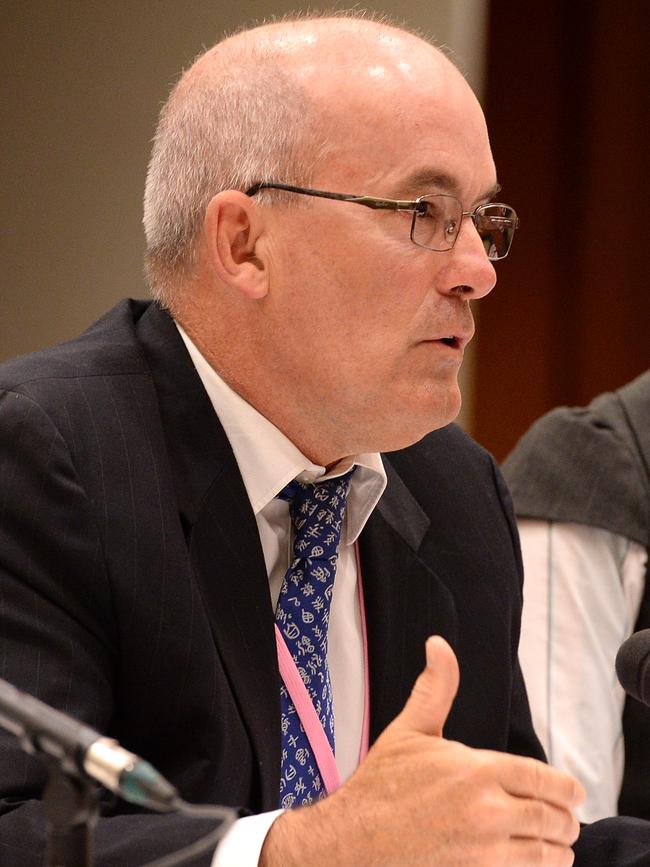Revealed: How hot your city will get
Blistering heatwaves will be longer and more frequent in some Australian cities as temperatures soar, climate scientists have warned.
Climate Change
Don't miss out on the headlines from Climate Change. Followed categories will be added to My News.
Blistering heatwaves will be much longer, much more frequent and even permanent in some Australian cities if global temperatures rise three degrees above pre-industrial levels, Australian climate scientists have warned.
In a report released today, the Australian Academy of Science has provided a disturbing picture of a continent set to cook under the pressures of climate change.
Under a global 3-degree rise in temperature, Darwin would experience 265 days per year with temperatures above 35 degrees, the report stated, while Brisbane would get 55 such scorchers per annum, Melbourne could expect 24, and Sydney would experience 11.
The report takes the climate debate into shocking new territory, with most mitigation efforts to date focused on how global temperature rises could be kept to between 1.5 and 2 degrees.
Based on current emissions reductions commitments, the authors stated, the prospect of global temperature rises being kept at 1.5 degrees was now “all but impossible”, while an increase of 2 degrees was “unlikely”.
The prospect of global temperatures soaring 3 degrees above industrial levels was now “very likely,” the authors stated.
In addition to the heatwaves, a global rise of three degrees would produce a myriad of effects on life in Australia, including longer-lasting and more intense cyclones, an explosion in the number of extreme fire danger days – up as much as 300 per cent – and more extreme rain events. A global sea level rise of one metre – commensurate with three degrees of warming – could make up to a quarter of a million coastal properties prone to flooding.
As many as one in 19 Australian properties could become “uninsurable” because of the likelihood of extreme weather events, the report stated.
“At 1.6 per cent of all [greenhouse gas] emissions, we are not very significant, but the significance of climate change to us is huge,” said Professor Ove Hoegh-Guldberg, chair of the expert panel that developed the report.
“We will be the biggest losers.”


Professor Lesley Hughes from Macquarie University said the planet had already warmed 1.1 degrees above pre-industrial levels, but Australia had raced ahead, and was now on average 1.4 degrees warmer.
Delay “is as damaging as denial” when it came to climate action,” Prof Hughes said, and the next decade had to be “transformational” to avoid disaster.
The authors included a range of recommendations for government as part of its report, including the adoption of net zero emissions target by 2050 as an “absolute minimum”.
Critics sometimes point to China’s enormous population and emissions to suggest any attempts by Australia to reduce greenhouse gas output are ultimately futile.
But the AAS experts countered this, with Prof Hoegh-Guldberg saying Australia’s “vulnerability” to climate change means “we should be doing all we can to walk the talk and drive the change”.
Professor Frank Jotzo Director of the Centre for Climate and Energy Policy at ANU said China’s emissions “have flatlined since 2014”, and it had managed to limit its emissions even as millions of its people were being lifted out of poverty.
Prime Minister Scott Morrison has been invited to speak at a virtual climate summit hosted by US President Joe Biden on April 22.
Originally published as Revealed: How hot your city will get





